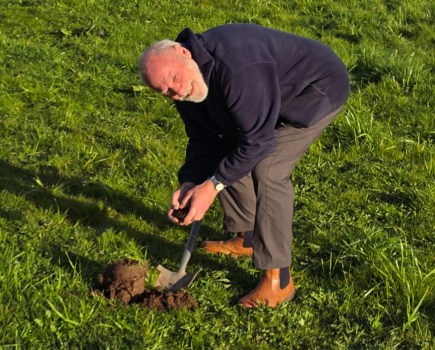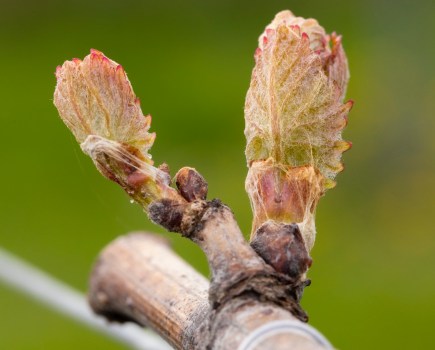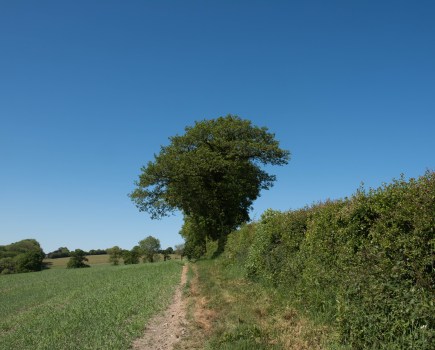Chris Cooper and Rob Saunders, vine specialists at Hutchinsons, discuss harvest and next steps.
Harvest 2019 draws to a close and for many the dominant memory will be that of picking between the showers and the mud. Despite the rain, grape quality has been better than expected and yields have generally been equal to or better than 2017.
No chance to rest though, as laying the foundations for next year’s crop effectively started at bud break this spring and continues unrelentingly into the winter. As ever, the entry level consideration for a high-performance vineyard is nutrition.
Potassium is removed in the harvested crop at a rate of 2.5 kg/tonne and then there are ‘invisible’ losses: leaching (and cane removal, if prunings are not pulverised and left in situ). Where the canopy is still in reasonable condition, foliar applications are useful, with potentially high utilisation efficiency. Choose between Potassium Nitrate where nitrogen is desirable or Potassium Sulphate where nitrogen levels are already excessive – be guided by the appearance of the vines and petiole analysis from earlier in the season. Mix with formulated products such as BudBuilder to supply important elements such as Magnesium, Zinc and Boron.
Where leaf fall is under way on very early picked cultivars, an application of copper improves cane health and helps wood lignification – mix with an adjuvant such as Bond to improve persistence and adjust sprayer airflow to match the diminishing canopy density.
Plan for weed control in November and December: Kerb (propyzamide) usefully controls a range of weeds, though not the compositae family – which includes thistles. It is more persistent when applied to cold soil, but don’t delay too long – it is easy to miss the application window as travelling conditions deteriorate and it is only effective on cleavers pre-emergence. Stewardship is important – if applied to saturated soils, it can be too mobile and wash down slopes into water courses.
Exirel (cyazapyr) was effective in controlling SWD; the emergency EAMU expired 31 October and it stipulates that storage and disposal of stock needs to be completed by 30 November, unopened product can be returned to your supplier.
With pruning season imminent, growers are reminded that there are now a few options for wound protection paints and Nativo 75 WG (trifloxystrobin and tebuconazole ) is back on the approved list to combat trunk disease.



